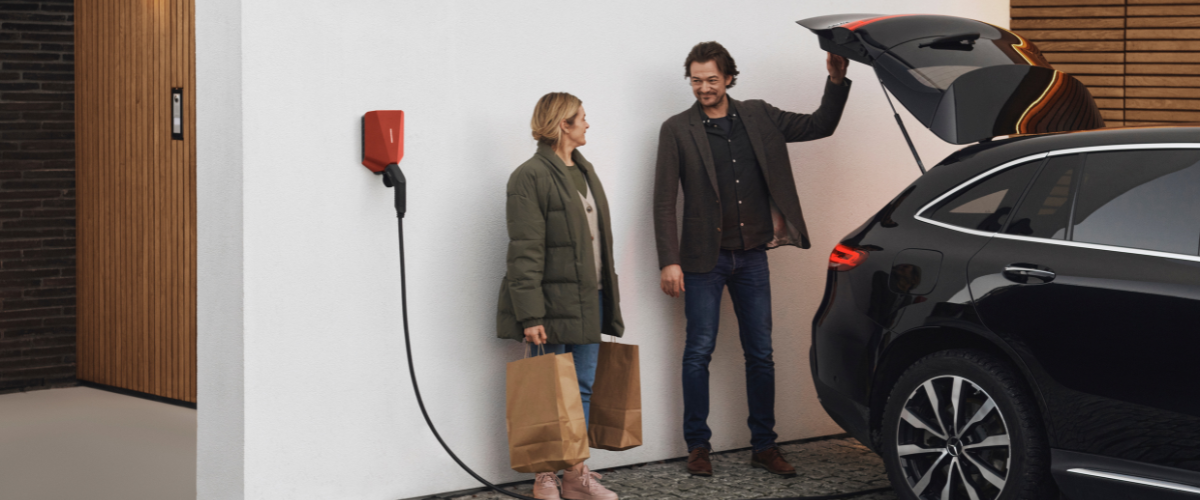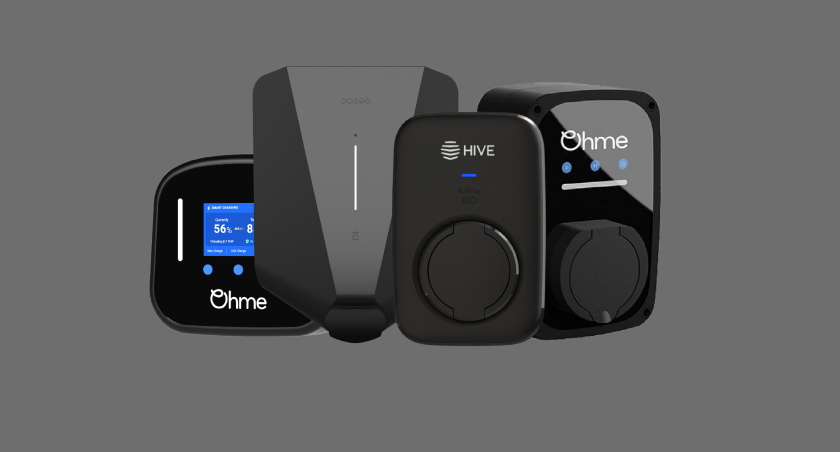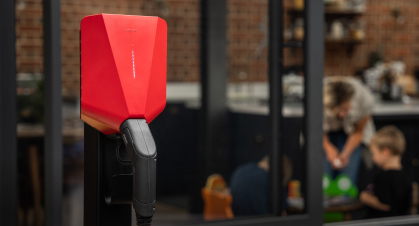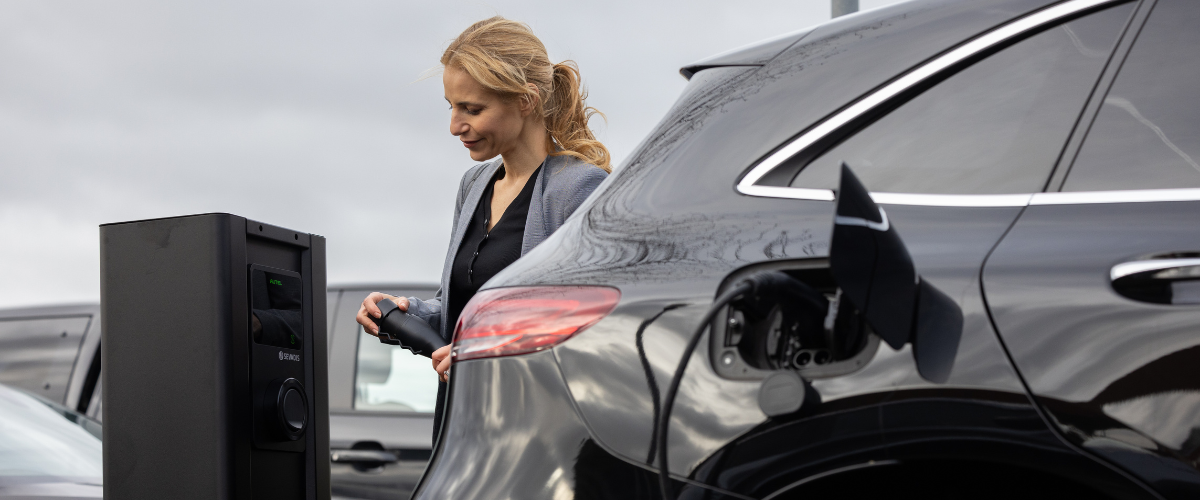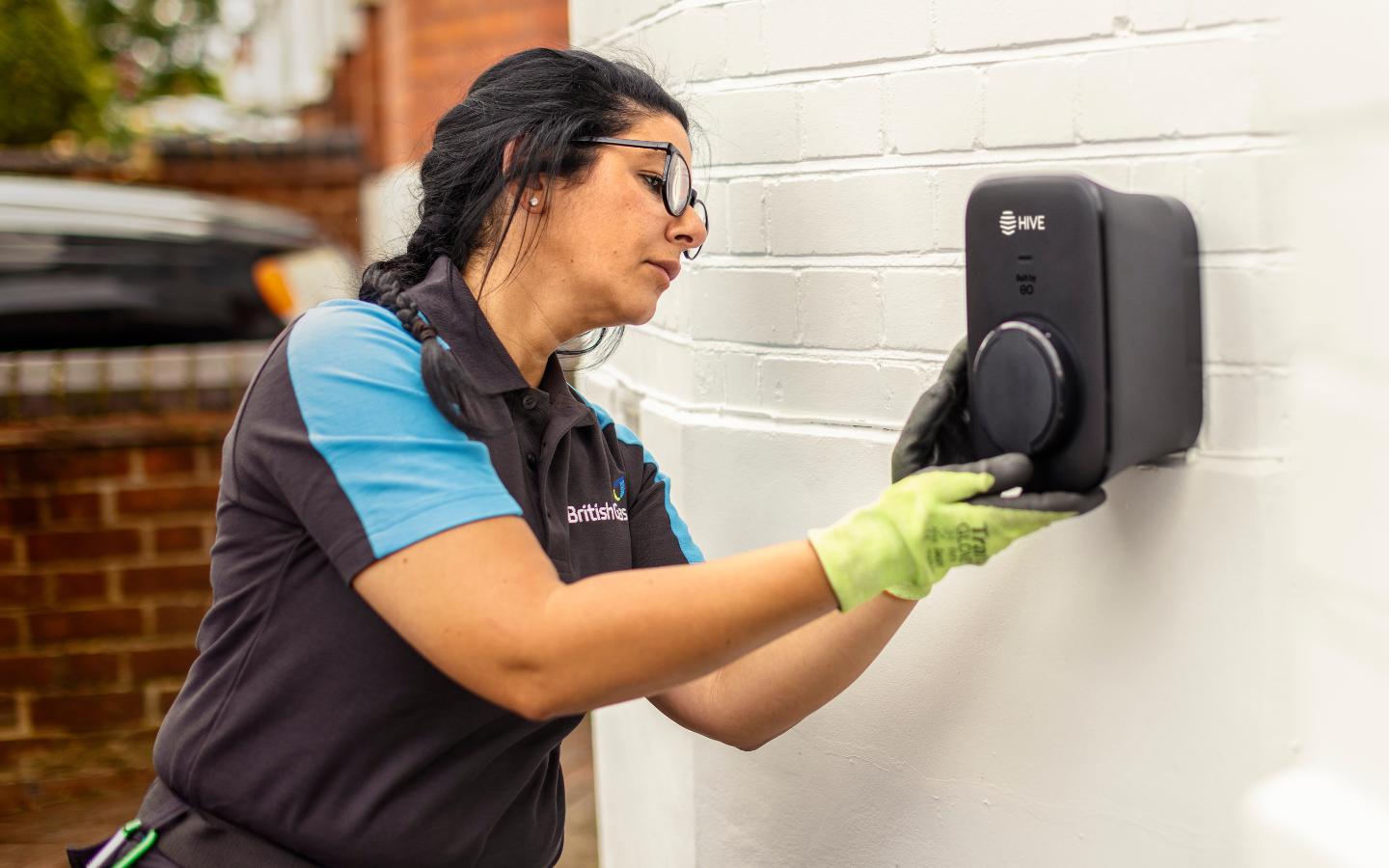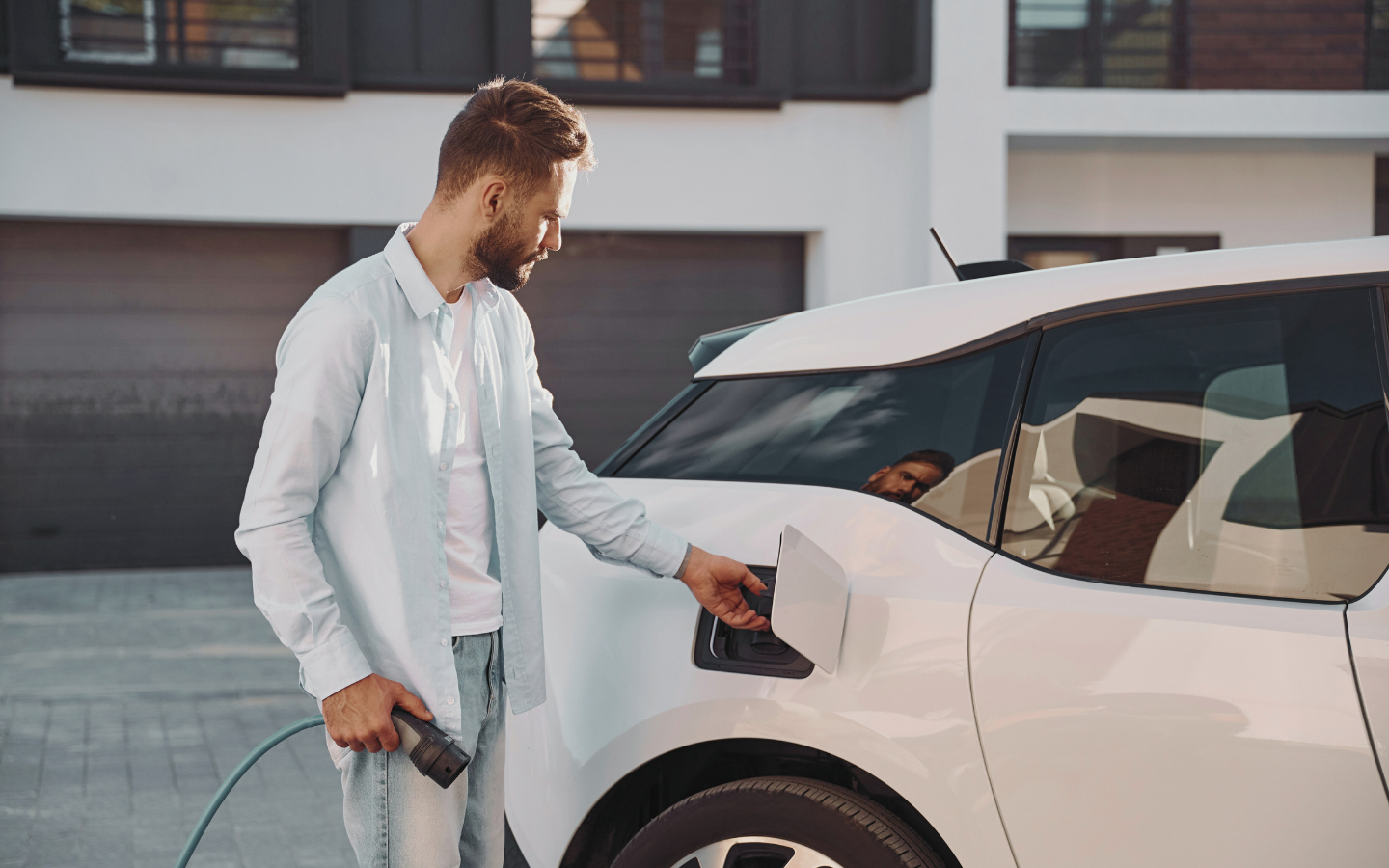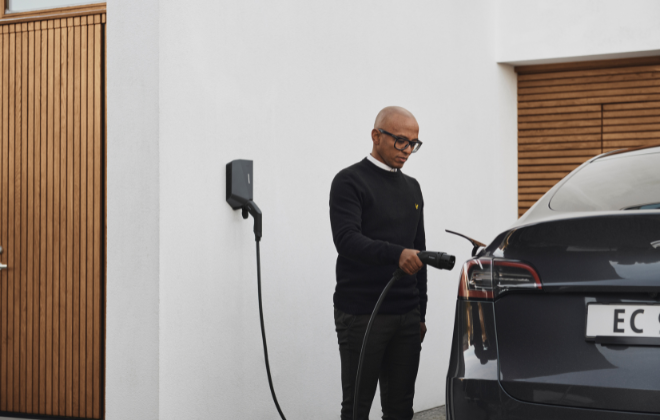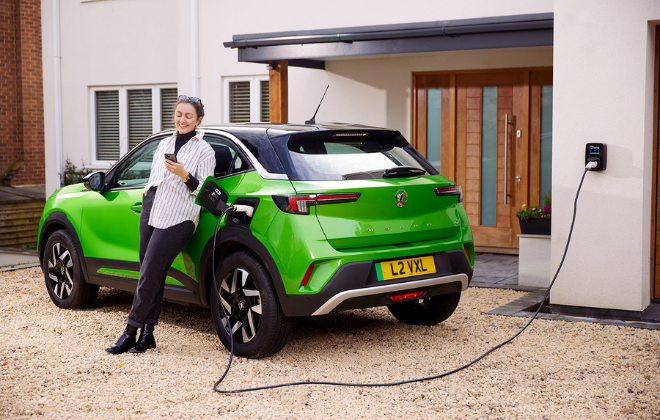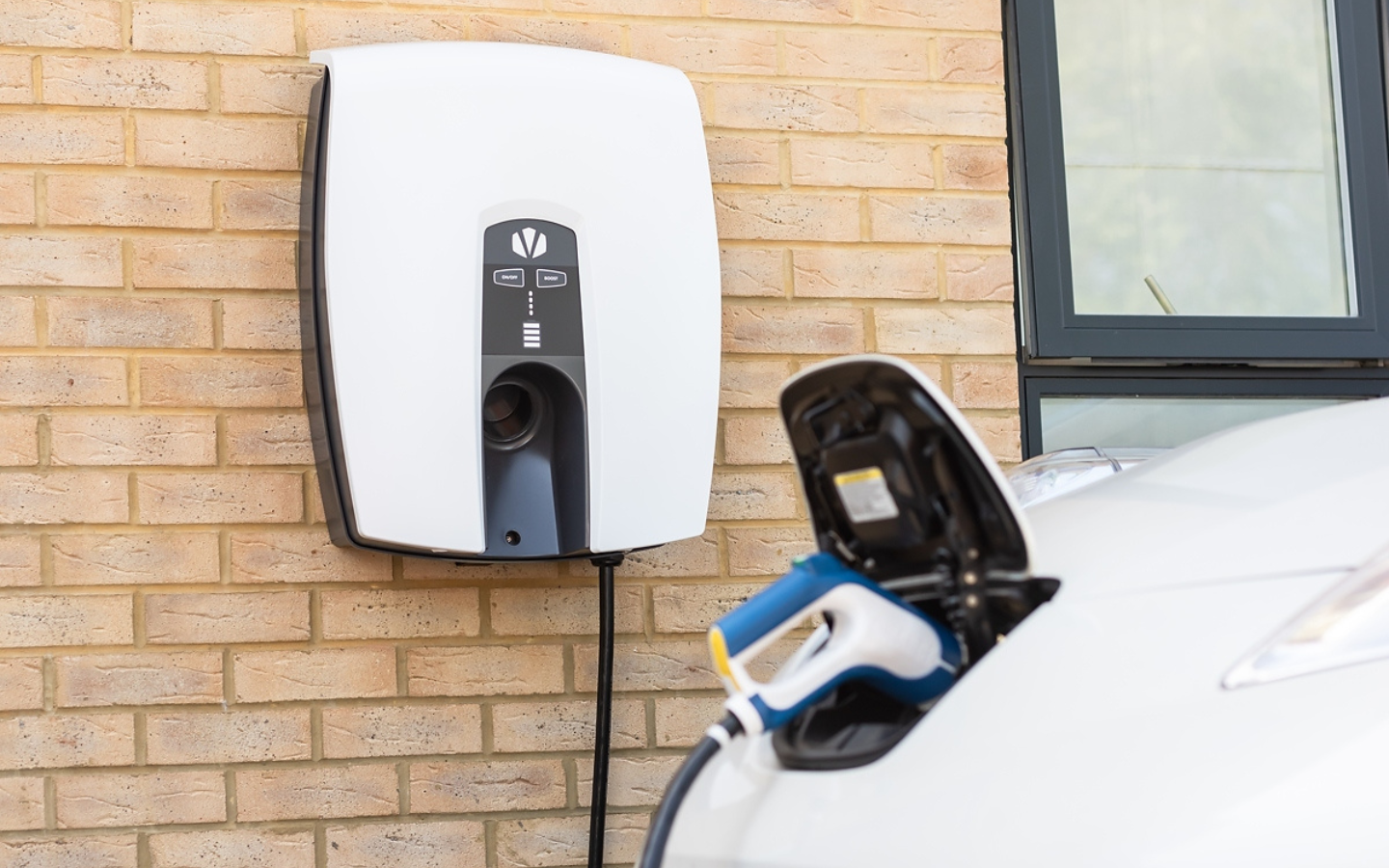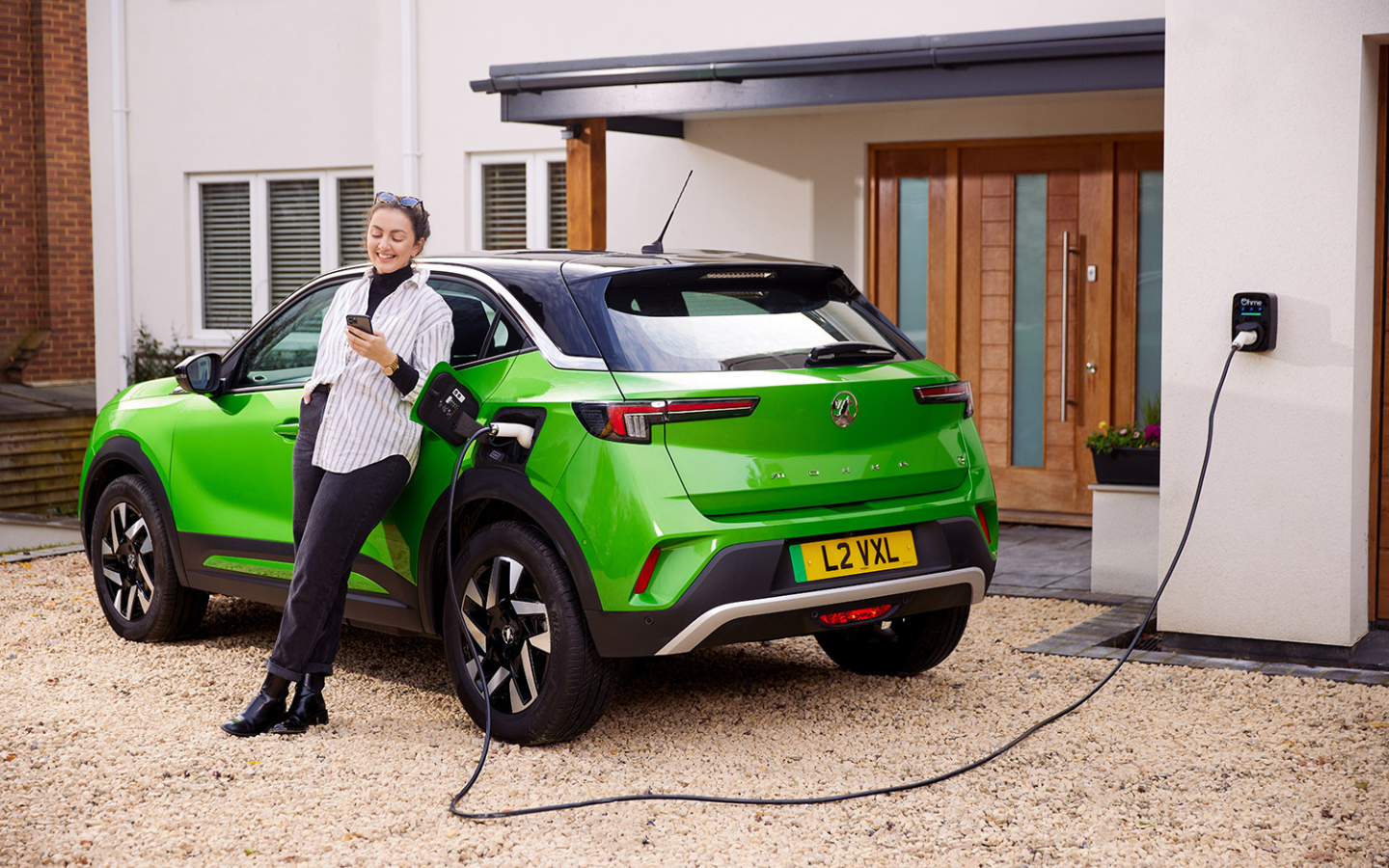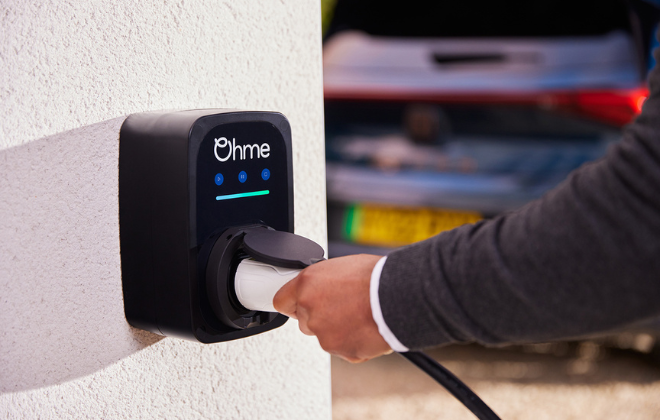

Type 1 and Type 2 EV charging - What's the difference?
Understanding how to charge your electric car is essential in this day and age, when battery electric vehicle adoption rates have reached heights of 1,500,000. And that means grasping the basics of fast charging—or, more specifically, Type 1 and Type 2 EV charging.
In this article, we’re here to answer: What’s the difference between Type 1 and Type 2 EV chargers? In addition to explaining Type 1 and Type 2 EV charging, letting you know which electric vehicles have Type 1 and Type 2 connectors and explaining the key differences between Type 1 EV chargers and Type 2 EV chargers.
Keep reading to learn everything you need to know about Type 1 and Type 2 EV charging in our extensive guide.
What is an electric car connector?
Each electric car has either a Type 1 connector or a Type 2 connector – sometimes referred to as a ‘plug’ or ‘socket’ located on your EV, usually on the side. To charge your electric car, you need to ensure the charging cable on the charger matches your EV connector so you can plug the charging cable in. For example, a car with a Type 2 connector must use an EV charger with a Type 2 charging cable.
You could compare Type 1 and Type 2 EV charging to iPhone and Samsung chargers. While they both charge phones and charge in the same way, they require different charging cables that match their unique charging ports.
When purchasing your EV, it’s likely the charging cable will come with a Type 2 connector.
What is a Type 1 EV charger?
Simply put, a Type 1 EV charger has a five-pin design. Type 1 EV connectors are commonly used for electric cars in Asia. Because of this, you typically won’t find Type 1 EV chargers in the UK, nor electric cars with a Type 1 connector – this is especially the case with new electric vehicles.
That said, in very rare cases, you might find a Type 1 connector on older electric cars. For example, the first generation of the Nissan Leaf and the Mitsubishi Outlander PHEV have Type 1 connectors.
Untethered, or sometimes called socketed, home EV chargers can come in the Type 1 form. However, tethered chargers tend to only come in the Type 2 format.
Type 1 EV charger

What is a Type 2 EV charger?
A Type 2 EV charger has a seven-pin design, and is the most common EV charger type in the UK, given the wide adoption of Type 2 electric cars in Europe. What’s more, Type 2 EV chargers are used for fast EV charging using Alternating Current (AC). With this in mind, AC public electric car charging points (such as 7kW and 22kW EV chargers) are Type 2.
Most home EV chargers come in the Type 2 form, too – especially tethered chargers.
Electric vehicles with a Type 2 connector include the VW e-Golf, Renault Zoe, Tesla Model S and most new EVs on the market.
Type 2 EV charger
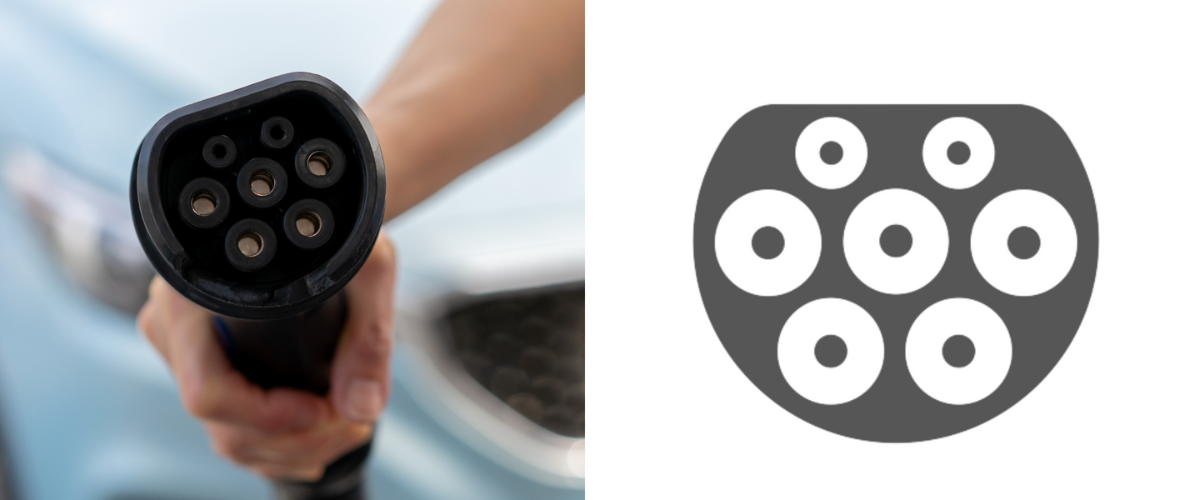
What are the differences between Type 1 and Type 2 EV charging?
There are several differences between Type 1 and Type 2 EV chargers.
Let’s get into them.
1. Design
The starkest and most obvious difference between Type 1 and Type 2 EV chargers is the design of the connector. Type 1 EV connectors have a five-pin design, usually taking on a circular design. In comparison, Type 2 EV connectors have seven pins.
2. Charging rate and electricity supply
Unfortunately, Type 1 EV chargers allow slower charging rates to Type 2, ranging from 3.6kW to 7.4kW, as they are limited to a single-phase electricity supply. This means if you invest in a Type 1 EV charger, you won’t be able to charge faster than 7kW power rate (the highest rate you can charge with a single-phase electricity supply).
On the other hand, Type 2 EV chargers can handle both single-phase and three-phase charging, offering greater flexibility in charging speeds and power levels. This makes them suitable for both residential and public charging stations as they can reach the high charging rate of 22kW Alternating Current (AC) at home and up to 43kW at certain public chargers.
Please note that to take advantage of the highest charging rates, you won’t be using your Type 1 or Type 2 connector. Instead, you will be using your CCS or CHAdeMO connectors.
3. Regional adoption
Type 1 electric vehicles are more commonly found in electric cars in North America and Asia rather than in Europe, meaning it’s unlikely you’ll find public chargers offering Type 1 charging.
Type 2 connectors, on the other hand, have become the standard in Europe and are increasingly being adopted in other parts of the world, even in regions where Type 1 connectors were historically used.
In fact, the EU implemented legislation in 2017 that stated all public charging stations must be Type 2, which led to an increase in European car manufacturers only producing Type 2 electric vehicles. So, when you’re out and about in the UK, it’s likely you’ll encounter a Type 2 EV charger.
4. Locking
Because of its design, you can’t lock a Type 1 EV charging cable into place, unlike a Type 2 EV cable that has locking pins, offering an additional layer of protection. Although, there are alternative ways to protect your EV charger and its cable.
Which electric cars use Type 1 charging cables?
Below is a list of type one electric cars that use the Type 1 charging cable and, therefore, can only charge with a Type 1 EV charger:
| Citroen C-Zero (2016-2020) | Nissan Leaf Mk1 (2012 – 2017) |
| Ford Focus Electric | Peugeot iOn EV (2011-2018) |
| Ford C-MAX Energi (2013-2017) | Renault Fluence (Pre-2014) |
| Kia Soul EV (2017) | Toyota Prius Plug-In Hybrid (Pre-2017) |
| Mitsubishi I-MiEV | Vauxhall Ampera |
| Mitsubishi Outlander PHEV | Renault Kangoo Phase 1 |
Do Tesla electric cars use Type 1 or Type 2 connectors?
All Teslas are Type 2 and use Type 2 EV chargers, not only in the UK but in the world.
What’s special about the Tesla is that you can charge your Tesla with both AC and DC with the Type 2 connector via the Tesla supercharger network.
Is my EV Type 1 or Type 2?
If you are wondering if your electric car is Type 1 or Type 2, look at the design of the EV charging connector on your car. If it’s a five-pin design, it’s Type 1, and if it’s a seven-pin, it’s Type 2.
If you’re still struggling, look in your electric car’s manual, or feel free to give us a call.
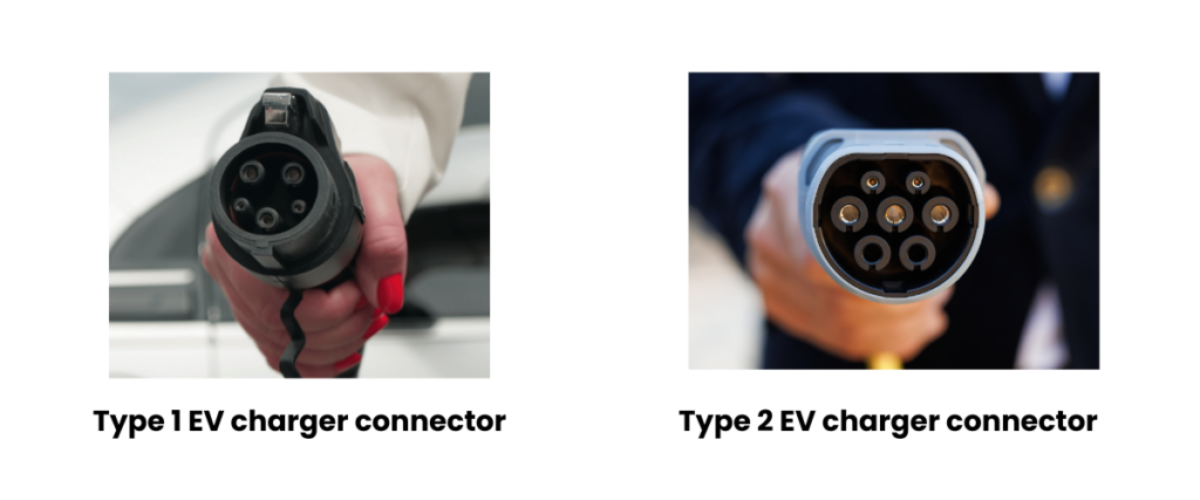
Type 1 VS Type 2 EV charger – Should I invest in a Type 1 or Type 2 EV charger?
Whether you should invest in a Type 1 or Type 2 EV charger depends on whether your electric car is Type 1 or Type 2.
That said, if your EV is Type 1 and you’re planning on switching to an EV with a Type 2 connector, we’d recommend investing in a Type 2 EV charger now. Currently, the majority of electric vehicles in the UK are Type 2, and it’s likely that the Type 1 EV connector will phase out over the coming years. In the meantime, you could use an EV charging cable Type 1 to Type 2 before you purchase a new EV model, or use the public charging network.
Choosing a EV with Type 2 connector might be considered more future-proof, too. This is especially the case if you’re planning to own an electric car for several years. The broader international adoption of Type 2 connectors suggests that they will remain relevant as EV infrastructure continues to develop, so there will be no need to purchase a new EV home charger.
Can you get a Type 1 to Type 2 electric car charging cable adapter?
Yes, you can purchase separate EV charging cable adapters. As a matter of fact, you can buy a EV charging cable adapter Type 1 to Type 2 and EV charging cable adapter Type 2 to 1.
However, if you’re in the UK and your EV has a Type 1 connector, we recommend choosing a Type 1 compatible EV charger or a universal home charger to begin with.
That said, it’s important to note that you won’t be able to lock your Type 1 to Type 2 adapter into place. But there are other ways to ensure security with home EV chargers.
Summary:
The key differences between Type 1 and Type 2 EV chargers lie in their design, charging capabilities, regional adoption, and locking mechanisms. But the design is the most prominent difference. Type 1 EV chargers have a circular five-pin design that can’t lock, while Type 2 EV chargers have a seven pin layout, and can lock your EV cable in place.
Additionally, Type 1 chargers offer slower charging rates (3kW to 7.4kW) due to their single-phase electricity supply limitation, whereas Type 2 chargers support both single-phase and three-phase charging, providing greater flexibility with speeds up to 22kW AC at home and 43kW at public stations.
Type 1 plugs are more common in North America and Asia, too, while Type 2 has become the European standard, even mandated by legislation in 2017 for public charging stations. Type 2 connectors also offer locking pins for added security, unlike Type 1 connectors.
If you prefer to watch than read, check out our video on this topic.

Interested in a Type 1 or Type 2 EV charger?
Browse our range of the best smart electric vehicle chargers, available to cater to both Type 1 and Type 2 EV chargers. As an OZEV-approved, experienced and accredited EV charger installation company, we can install home EV chargers wherever you are in the UK with fast lead times.
If you are looking to get an EV charger installed at your home, click below to get your free quote, or contact us for more unbiased advice.
Related articles_
Stay up to date on the latest from We Power Your Car_
I consent to receive newsletters from We Power Your Car. Please see our Privacy Policy
